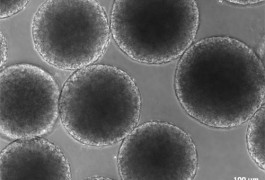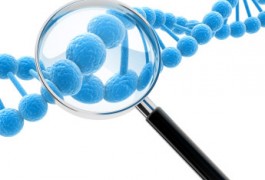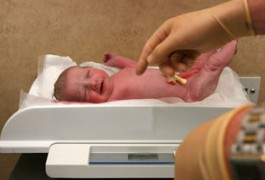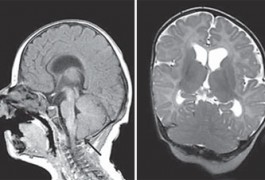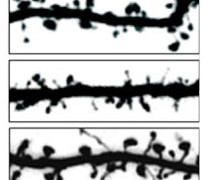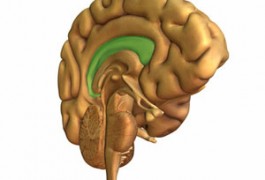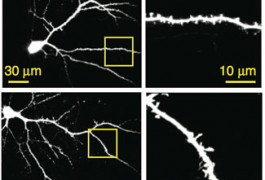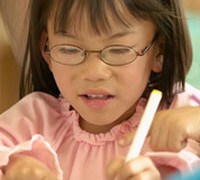Study allays fears about usefulness of induced stem cells
Some of the genetic variability seen in stem cells derived from skin arises from differences in the skin cells themselves, according to a study published 18 November in Nature. The findings have implications for both stem cell research and our understanding of human biology.
